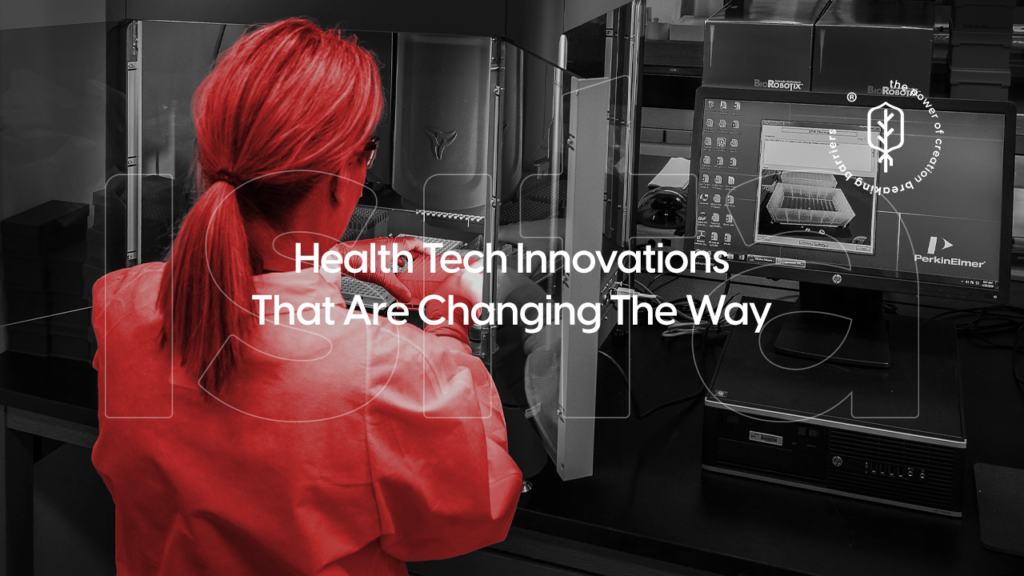In a hyper-connected world, where technology underpins the operation of critical industries such as healthcare, banking, manufacturing and e-commerce, operational continuity is a fundamental pillar. Critical systems, those that cannot afford to fail without causing significant damage, require robust strategies to ensure their availability and performance.
Advanced observability emerges as a key solution to this challenge, providing deep visibility into the health of systems. Through detailed analysis of metrics, logs and traceability, companies can detect anomalies, anticipate problems and act quickly to avoid costly incidents.
In this article, we will explore in depth the principles of advanced observability, its fundamental components, implementation strategies and use cases that demonstrate its positive impact in demanding business environments.
1. Understanding Advanced Observability
1.1. Definition and Evolution
Observability is the ability to infer the internal state of a system by analyzing its outputs. This concept, which originated in systems and control theory, has evolved in the IT domain to become an essential methodology in infrastructure and software management.
While traditional monitoring focuses on collecting predefined metrics and alerting on deviations, advanced observability allows a deeper and more dynamic understanding of system behavior, including cause-effect relationships and failure patterns before they materialize.
1.2. Differences between Monitoring and Observability
To better understand the relevance of observability, it is crucial to differentiate it from monitoring:
- Monitoring: is a reactive approach that collects data on events that have already occurred. It uses dashboards with metrics such as CPU usage, network latency and system availability.
- Observability: A proactive approach that allows IT teams to explore unexpected events, analyze trends and correlate data from different sources to identify emerging issues before they impact the operation.
With a well-implemented observability strategy, organizations can minimize risk, improve system performance and deliver smoother, more secure user experiences.
2. Key Components of Advanced Observability
Advanced observability is based on three fundamental pillars:
2.1. Event Logs (Logs).
Logs are detailed files that document system activity. They provide critical information for auditing, fault detection and incident forensics.
Best practices for the use of logs include:
- Centralization and aggregation of logs on specialized platforms.
- Enrichment of logs with additional metadata to enhance analysis.
- Use of distributed storage to ensure data integrity in the event of system failures.
2.2. Performance Metrics
Quantifiable metrics allow the health of the system to be assessed in real time. Some of the key metrics include:
- Server response time: Critical indicator for assessing latency.
- CPU and memory utilization: Identification of potential bottlenecks.
- Error rate: Measurement of user transaction failures.
2.3. Distributed Traceability (Tracing)
Tracing makes it possible to follow the life cycle of a transaction through multiple services. In microservice architectures, this capability is essential to identify delays and dependencies between systems.
2.4. Real-Time Analysis and Machine Learning
The most advanced solutions incorporate artificial intelligence and machine learning to analyze millions of events per second and detect anomalies with a precision that is as accurate as possible.
3. Benefits of Advanced Observability
The application of observability in critical systems offers tangible advantages:
- Reduced downtime: Allows detecting failures at early stages and avoiding outages.
- Improved security: Observability facilitates the detection of unauthorized access or malicious activities.
- Increased operational efficiency: Facilitates automation and optimization of IT resources.
4. Strategies for Implementing Advanced Observability
To ensure a successful implementation, it is necessary to
- Select appropriate tools (Prometheus, ELK Stack, OpenTelemetry).
- Design an efficient data pipeline.
- Involve development and operations teams in the observability culture.
5. Use Cases in Different Industries
- Financial sector: Real-time monitoring to prevent fraud and cyber attacks.
- Health: Availability monitoring of hospital systems.
- E-commerce: Downtime reduction in high traffic events such as Black Friday.
6. Challenges and Considerations
- Implementation cost: Requires investment in technology and training.
- Volume of data: Managing and analyzing large amounts of information in real time is challenging.
- Cultural change: Requires organizational commitment to adopt the observability philosophy.
7. Conclusion
Advanced observability is an essential resource for ensuring the operational continuity of critical systems. Organizations that adopt this strategy will benefit from more robust, secure and efficient systems.
If you want to strengthen the resilience of your IT infrastructure, visit IsitaTech and discover customized solutions for advanced observability.



